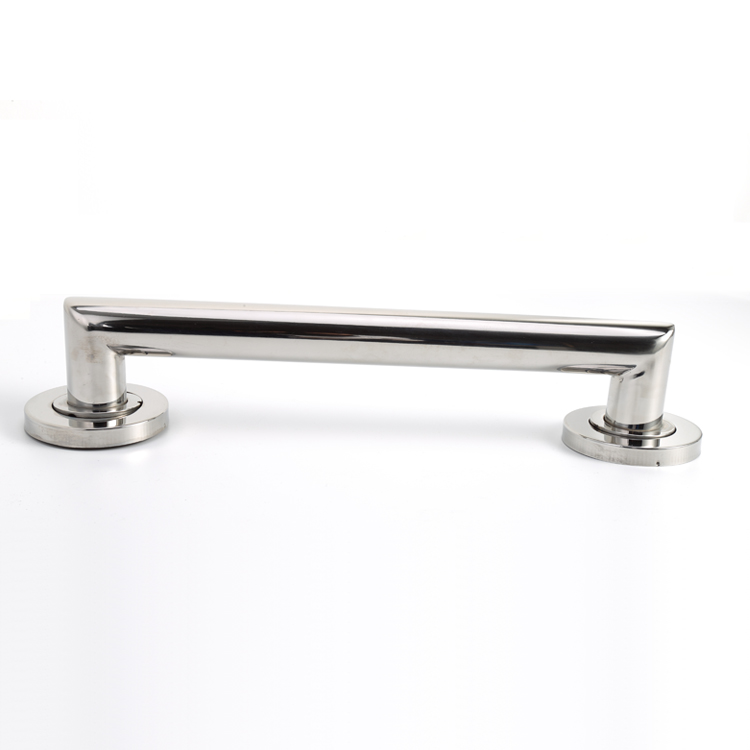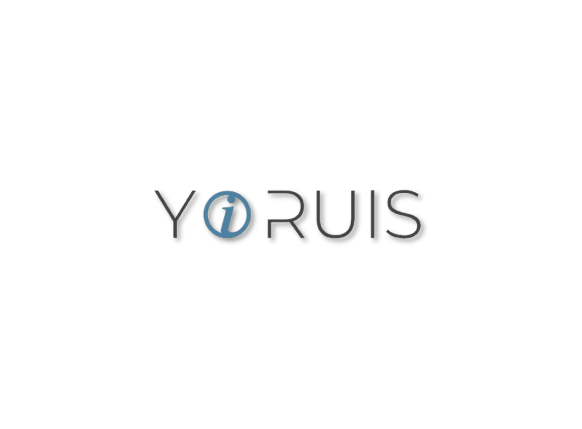The Evolving Grab Bar Industry: Safety, Innovation, and Market Trends
Introduction
The humble grab bar has transformed from a purely functional safety device into a critical design element for modern living spaces. As global demographics shift and accessibility awareness grows, the grab bar industry is experiencing unprecedented innovation and demand. This article explores the latest trends, technological advancements, and market drivers shaping this essential safety product category.
1. Market Growth Fueled by Demographic Shifts
The global grab bar market is projected to grow at a 6.2% CAGR through 2030 (Grand View Research), driven primarily by:
Aging Populations: With 1 in 6 people worldwide expected to be over 65 by 2050 (UN), demand for aging-in-place solutions is surging
Rising Fall Awareness: CDC data shows bathrooms account for 70% of household falls, making grab bars a first-line defense
Regulatory Expansion: Stricter ADA compliance requirements in commercial spaces
Industry Impact: Manufacturers are developing residential-grade grab bars with home-friendly aesthetics alongside heavy-duty commercial options.
2. Hospitality Sector Embraces Safety as Standard
The hospitality industry has become a surprising growth driver:
28% of U.S. hotels now meet ADA standards (AHLA), with grab bars as a core requirement
Luxury Properties are installing designer grab bars in premium materials like:
Brushed titanium
Gold-plated stainless steel
Matte black powder-coated variants
Cruise Ships/Resorts now specify marine-grade 316 stainless steel bars for saltwater environments
Design Trend: Concealed flange models that appear floating are gaining popularity in high-end projects.
3. Material Science Breakthroughs
While 304 stainless steel remains the industry benchmark, new developments include:
| Material | Advantages | Best For |
|---|---|---|
| Antimicrobial Copper | Kills 99.9% bacteria | Healthcare facilities |
| Carbon Fiber | Ultra-lightweight | Portable mobility aids |
| Ceramic-Infused | Scratch-resistant | High-traffic areas |
Emerging Tech: NASA-derived non-slip surface treatments that maintain grip when wet.
4. Smart Technology Integration
The connected bathroom revolution has reached grab bars:
LED-Embedded Models: Motion-activated nightlights with adjustable color temperatures
Pressure Sensors: Alerts caregivers if abnormal force patterns are detected
Voice-Controlled: "Hey Google, activate shower grab bar heating" for arthritic users
Market Opportunity: The smart grab bar segment is forecasted to grow 12% annually (TechSci Research).
5. Regulatory Landscape Update
Upcoming changes affecting manufacturers:
2025 ADA Revisions: Potential mandate for grab bars in all public single-user restrooms
EU EN 14441: New testing protocols for dynamic load capacity
Asia-Pacific Standards: China GB/T and Japan JIS updating material requirements
Compliance Tip: Forward-thinking manufacturers are pre-certifying products to multiple global standards.
Conclusion: The Future of Grab Bars
No longer just a medical device, today's grab bars represent the intersection of:
Safety Engineering (500+ lb load capacities)
Design Aesthetics (minimalist profiles, luxury finishes)
Smart Technology (IoT connectivity)
As Yiruis Technology continues to innovate in this space, our 304 stainless steel grab bars with patented installation systems are helping redefine safety standards worldwide.
Call to Action
Explore our cutting-edge grab bar solutions at [website] or contact our design team for custom projects.
 The Evolving Grab Bar Industry: Safety, Innovation, and Market Trends
The Evolving Grab Bar Industry: Safety, Innovation, and Market Trends
